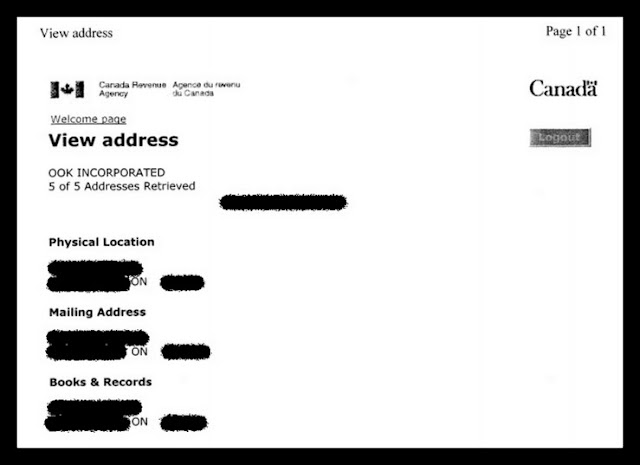Yesterday afternoon I received my confirmation of media credentials to Black Hat in Vegas.
Here’s the conference link if you’re curious. Basically, it’s the world’s most prestigious online security conference.
It’ll be my 4th, here’s the blog tag – Black Hat – see you there!














